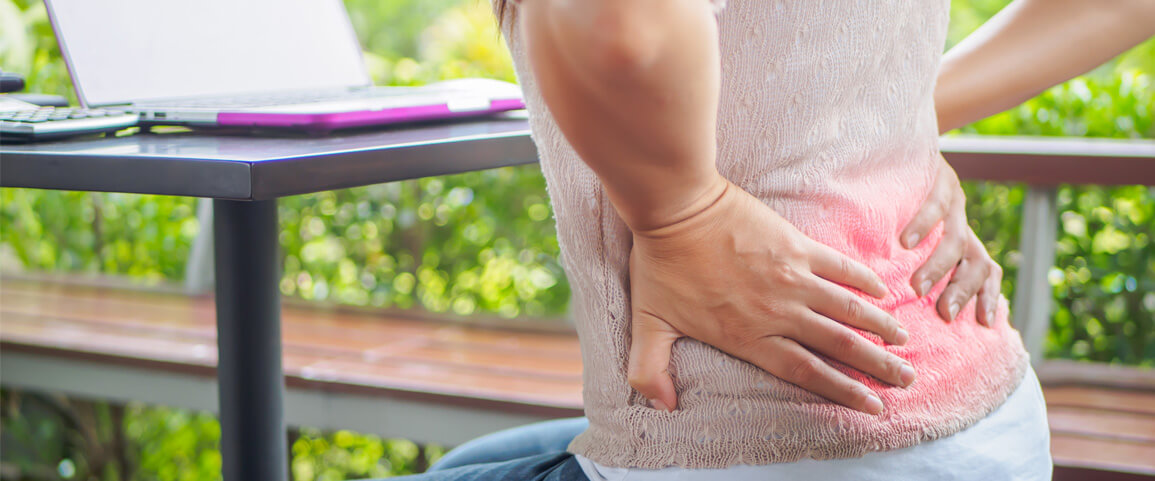
Written By: Aidan McCready (Physiotherapist)
The World Health Organisation estimates that 70% of people will experience common (non-specific) low back pain at some point in their lives. These staggeringly high figures make low back pain one of the most common causes of pain and disease in developed countries. As such, it is paramount that patients understand the ins and outs of low back pain, how it can occur and how to treat and prevent it.
Your spine is made of a vast array of structures that work together to provide support, strength, stability and flexibility to your back. Your lower back contains:
– Five Lumbar vertebrae, which are the bony building block of your spine
– Gel-like discs that provide cushioning between each vertebra, preventing excessive wear and tear
– Numerous muscles that control the movement of your back and hips, allowing us to bend and contort
– Ligaments that provide stability within the vertebrae
– Nerves that supply sensation and power to the hips, legs and feet
– Facet joints, which are bony joints at the back of the spine that assist in load transfer and guide movement
These components are normally effective in allowing you to go about your daily activities without pain or dysfunction. However, on occasion, some of these structures do not work as they are supposed to, causing pain that can stop you from completing necessary activities.
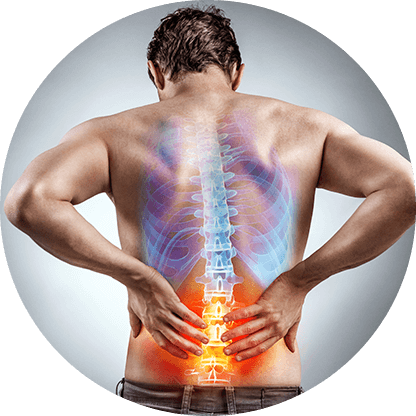
This is low back pain that can be very painful and last a few days, to upwards of a few weeks. Without proper care and guidance, acute low back pain can continue for months.
This is defined as low back pain that continues for over 12-weeks, even after the initial injury has healed. According to the NINDS, approximately 20% of people with acute low back pain will suffer from chronic low back pain a year after their initial injury.
Low back pain can be caused by numerous factors, including:
- Compression on your nerves
- Degenerative changes (Osteoarthritis and degenerative disc disease)
- Tight and pulled muscles
- Facet joint injury
- Narrowing of the spinal cord canal
- Tight hip muscles
- Stiffness in the upper portions of your spine/back
We have our spines our whole lives, and unfortunately, this means that some components can experience wear and tear as we age. Osteoarthritis and degenerative disc disease are examples of two age-related conditions that can cause pain and stiffness through the low back in those who suffer from the conditions.
What we do for work has a great bearing on whether we develop low back pain. Completing the same tasks daily, such as bending, heavy lifting and prolonged sitting can place increased strain on the structures within our low back, causing painful issues to arise within the structures of our low back.
Various pieces of research have shown that heavier individuals tend to experience increased rates of low back pain. This pain is caused by the increased weight your back needs to support. As our weight increases around our body, we experience more pressure through the spine, which in turn leads to greater strain on the muscles of the low back, and wear and tear on our discs and joints.
Your core muscles and your back work in tandem to maintain your posture. Therefore, when your core is not working as it should, your low back is placed under increased strain, causing your back to have to work harder to maintain your posture throughout the day.
Absolutely! Physiotherapy treatments have been proven to be effective in relieving many cases of both acute and chronic low back pain. Your low back pain treatment will likely include:
- Massage and stretching of tight muscles within the low back and hips
- Mobilisation and/or manipulation of stiff joints throughout the lumbar spine
- Education regarding how you may have developed the low back pain, ways you can adapt your work/daily activities to avoid exacerbating the low back pain and strategies for preventing future bouts of low back pain
- The development of a tailored exercise program, suited to your needs and abilities that can be completed at home, or under the watchful eye of your Physiotherapist
- Clinical Pilates/Group exercise classes to assist in improving the strength of your core and low back muscles in a fun and engaging manner
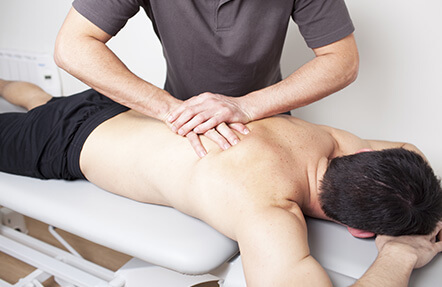
At Physical Healthcare, we put in the effort to ensure we implement evidence-based treatments in the management of low back pain. We have numerous conveniently located clinics throughout Melbourne, all staffed with highly trained practitioners who can assist you in relieving your low back pain, getting back to living life to the fullest. To book in your appointment, contact us on 1300 581 625 to book in an appointment with one of our friendly physiotherapists today.

Bulging and Herniated Discs - Explained
August 30, 2018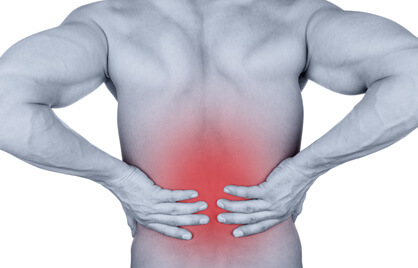
Low Back Pain – What You Need To Know
August 30, 2018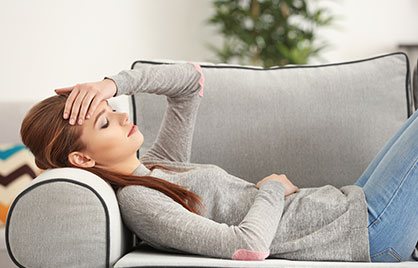
Cervicogenic Headaches - What Are They?
August 30, 2018
Waking Up With Neck Pain? It Could Be A Wry Neck
August 30, 2018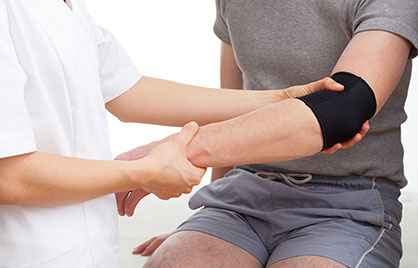
Help for tennis elbow pain with physiotherapy in preston
August 30, 2018